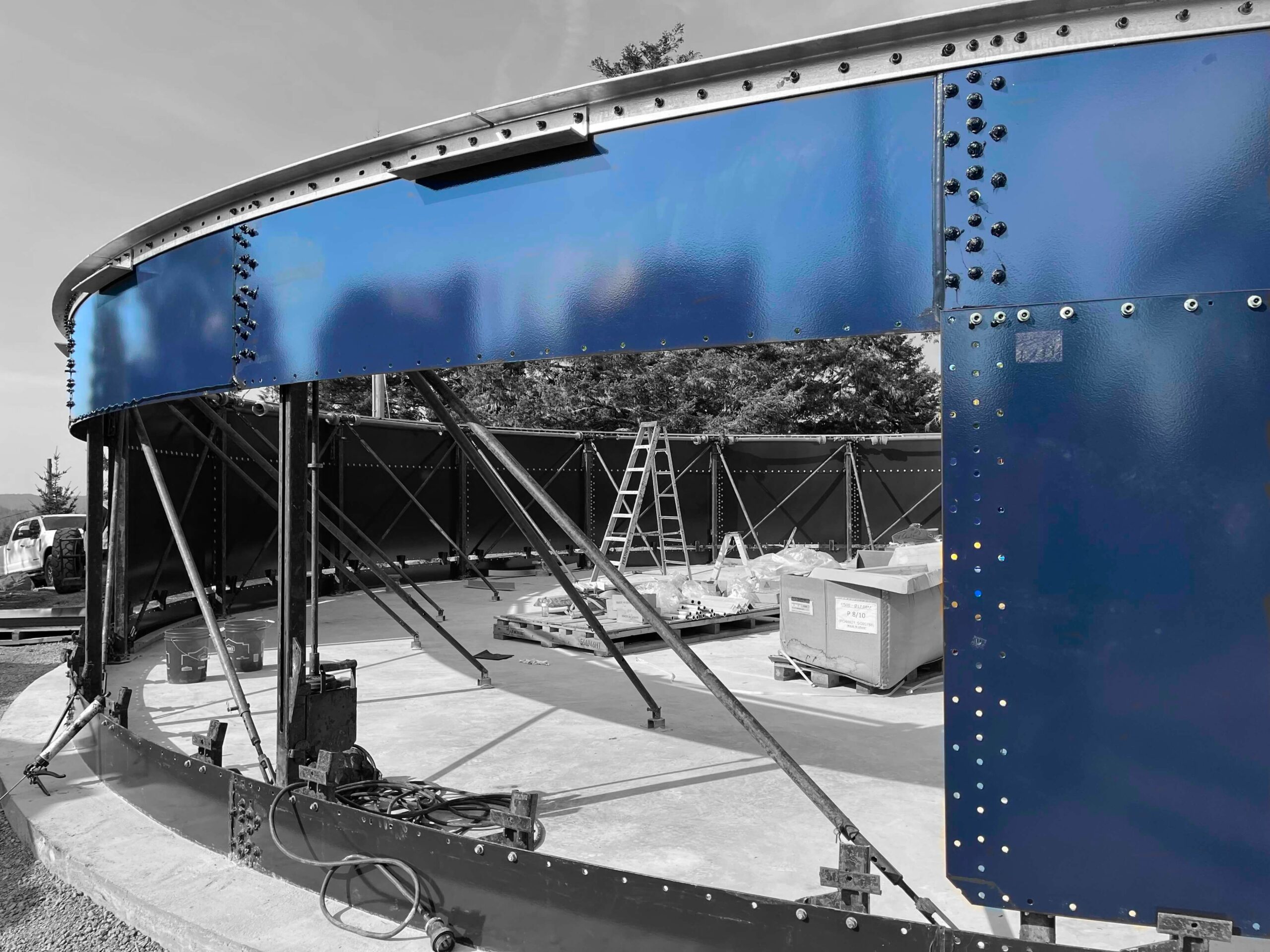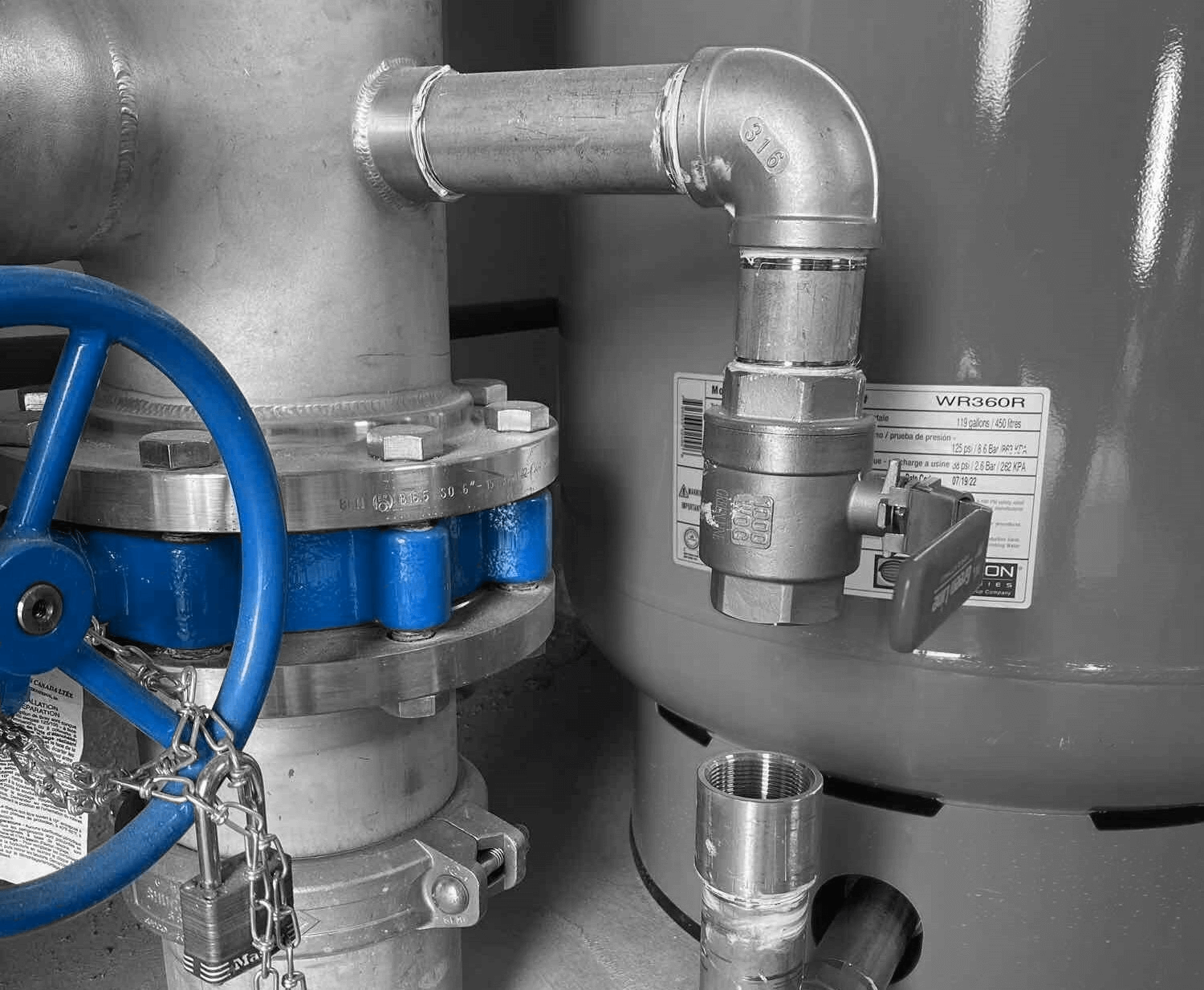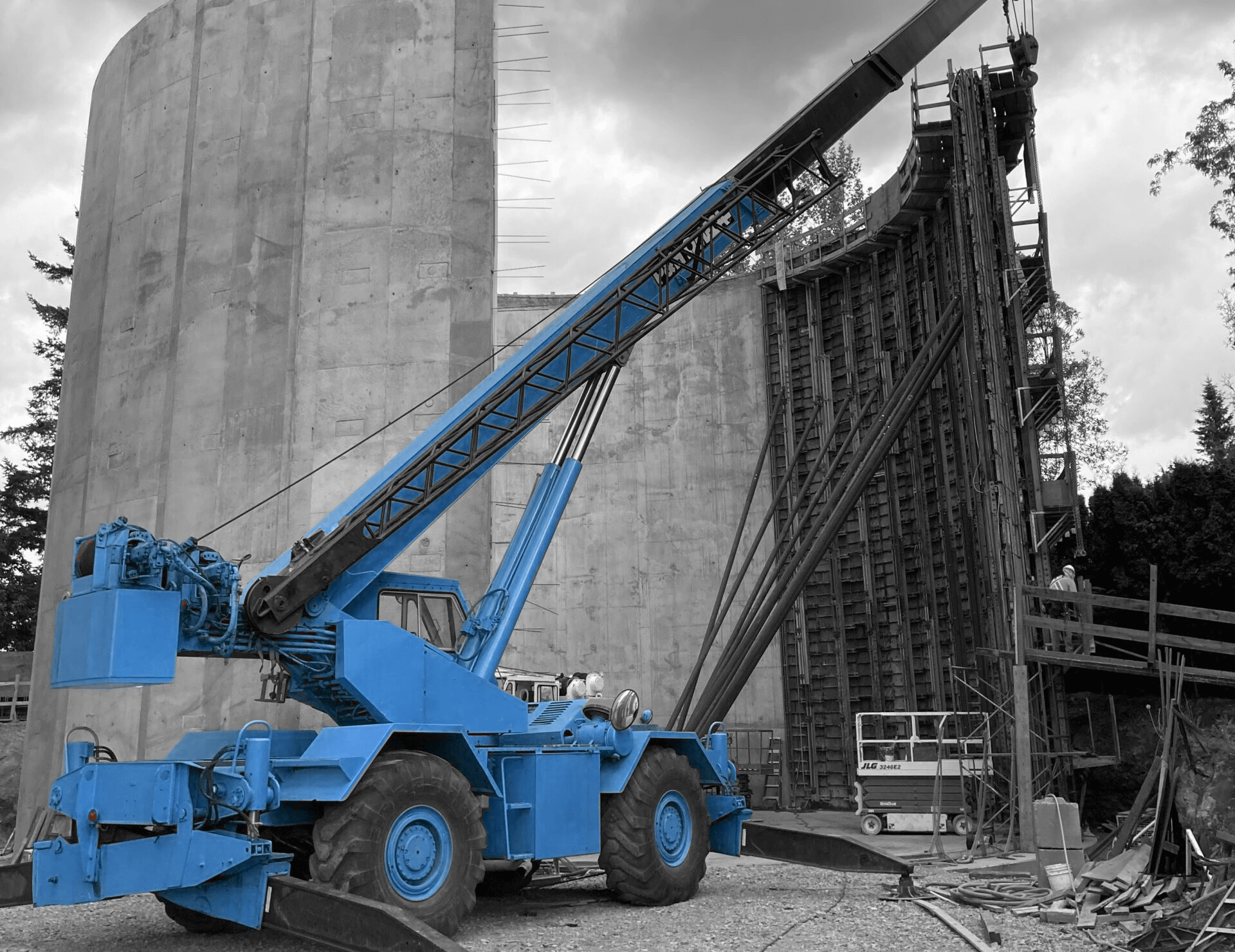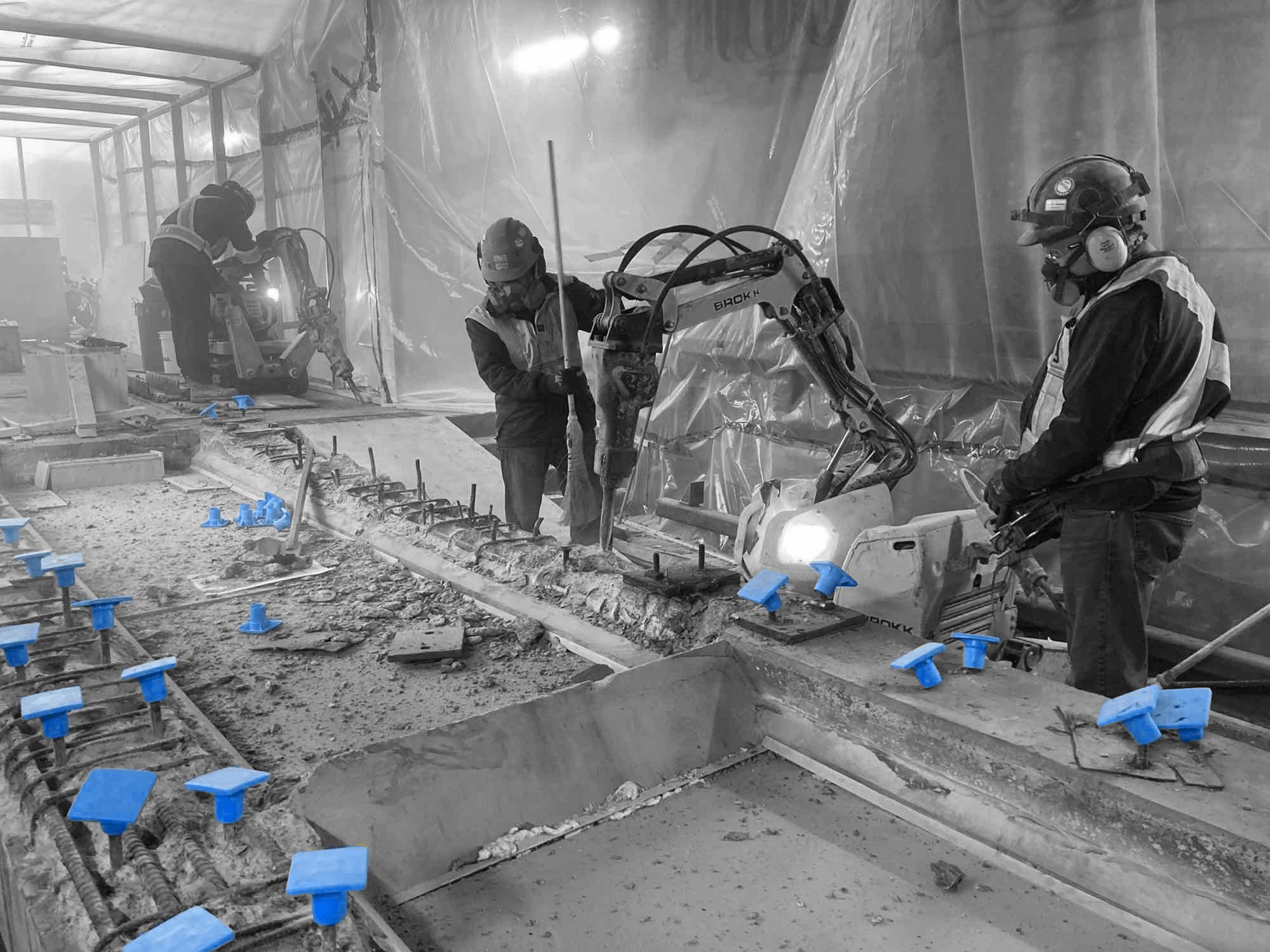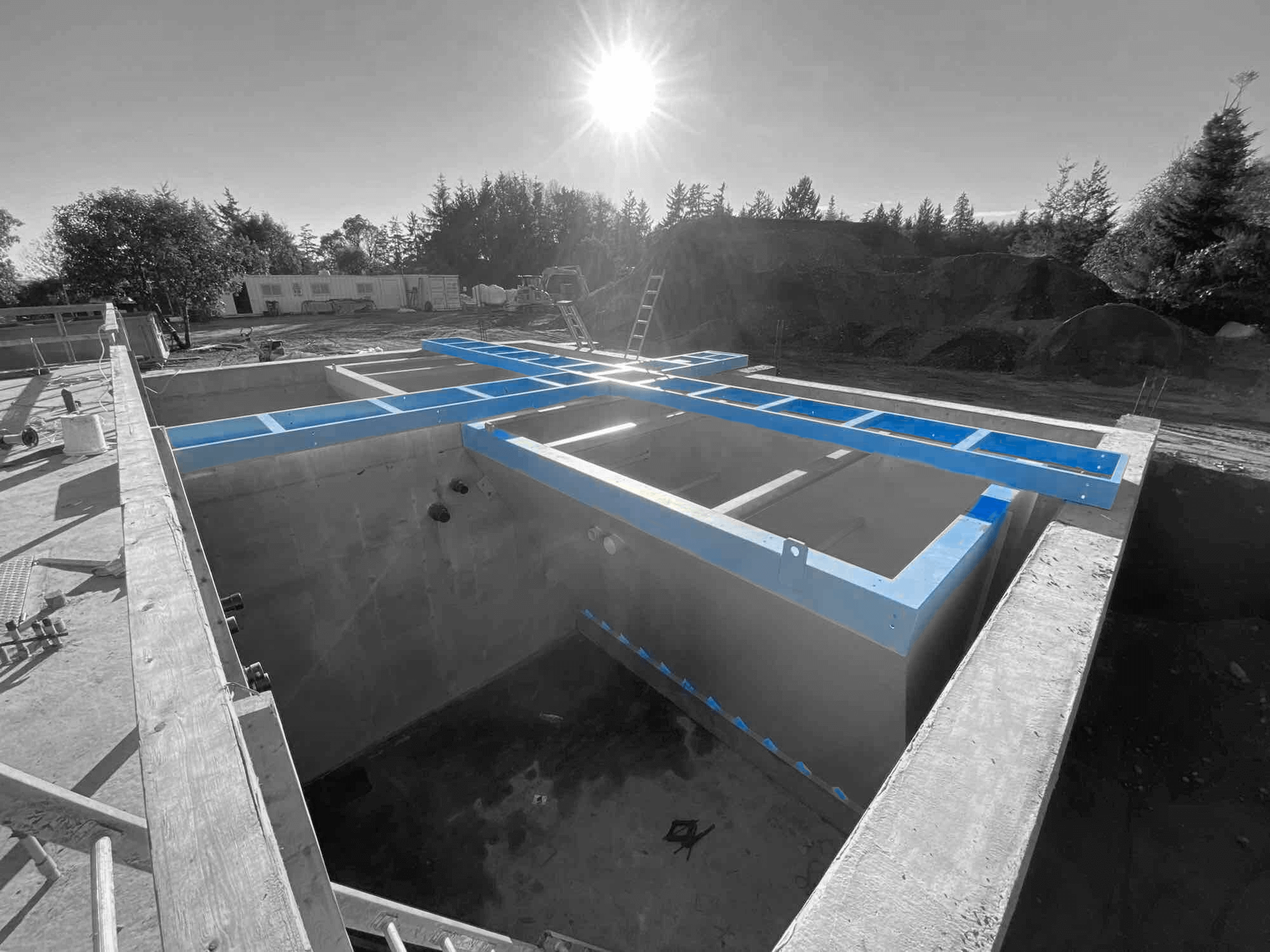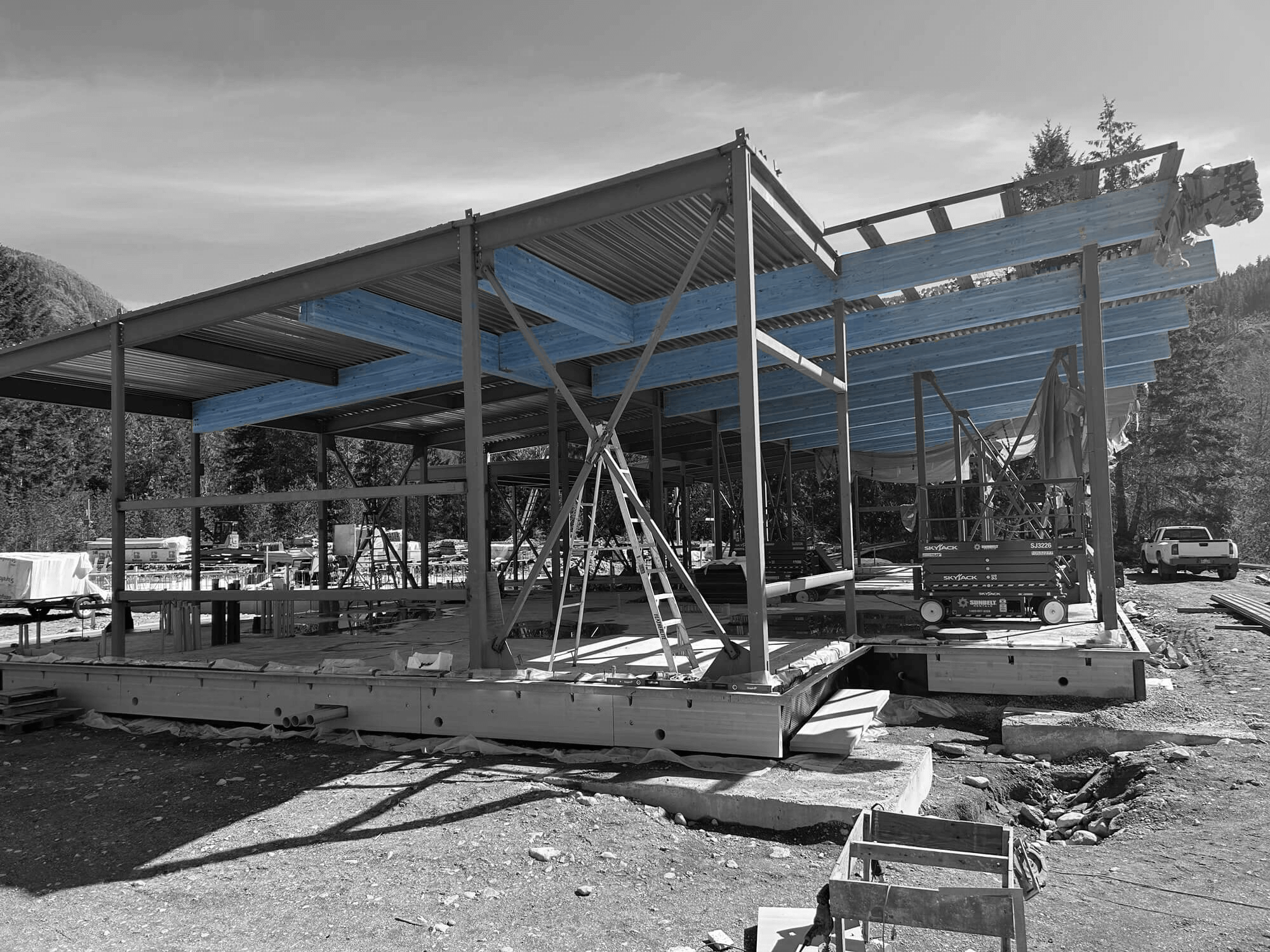Managing large construction contracts can feel like trying to piece together a massive puzzle. It’s complex, involves many moving parts, and demands precision to ensure every piece fits snugly. These contracts are key to any significant construction project, serving as the backbone of all operations. They outline the responsibilities of each party involved, detail the scope of the work, and provide a clear path to completion. But getting all the details right can mean the difference between a smoothly run project and one riddled with problems. Especially in places like Surrey, Mississauga, and across Ontario, where construction projects are abundant, understanding how to handle these contracts is incredibly important.
Now, why should you care? Effective management of construction contracts helps keep projects on track, within budget, and up to the required standards. With growing urban areas and increasing demands for infrastructure, managing large construction contracts has become more relevant than ever. These contracts are not just documents—they are living agreements that guide entire projects. They require careful planning and execution to avoid potential pitfalls that could derail even the best-laid plans.
Understanding Large Construction Contracts
So, what exactly is a large construction contract? Think of it as a very detailed instruction manual for a construction project. These contracts usually cover big-budget projects, possibly involving multiple partners, intricate timelines, and a variety of regulations. The importance of these contracts can’t be overstated—they protect everyone involved, from the small contractors to the big-name companies. Miss something, and you might face misunderstandings, delays, or extra costs.
When setting up a large construction contract, you should include specific elements to keep things clear and organized:
– Scope of Work: Outline exactly what’s expected from all parties. This section should be crystal clear to prevent any confusion later on.
– Timelines and Deadlines: Provide a detailed timeline to keep everyone on the same page regarding completion dates and interim goals.
– Payment Terms: Define how and when payments will be made, along with any penalties for late payments or incentives for early completion.
– Roles and Responsibilities: Clearly state who is responsible for what. This avoids finger-pointing when issues arise.
– Compliance Requirements: Include any permits, licenses, or regulations that must be followed to ensure the project meets local laws and standards.
– Change Management Procedures: Lay out how changes to the project should be requested and approved to keep everything flexible but controlled.
Detailed contracts act like a guiding light, helping you navigate the complexities of a construction project. By covering all bases from the start, they ensure smooth sailing and keep conflicts at bay.
Strategies for Effective Contract Management
Once you’ve got a detailed construction contract in place, the next step is managing it effectively. This is where strategies come into play, helping to keep the project on track and ensuring everyone knows what’s happening and when. A good strategy makes sure no surprises pop up, and everyone involved sticks to their commitments.
First, keeping open lines of communication is a must. When everyone knows what’s going on, there are fewer misunderstandings and hang-ups. To keep communication smooth, have regular meetings where updates are shared, and issues can be addressed before they become major problems. Using clear, honest communication tools like emails, project management software, or even weekly calls can make a huge difference.
Next, let’s talk about documentation. Keeping thorough records of every agreement, change, or important discussion is crucial. This means saving every contract update, email exchange, and decision-making document. If you have a solid system for documentation, like using specific software tools or a shared digital workspace, then everyone can access what they need. Not misplacing any paperwork keeps everybody accountable.
Assigning clear roles and responsibilities is another key strategy. By defining who does what from the start, everybody knows where to focus their efforts. It also keeps team members responsible for their tasks, reducing the chances of passing the blame when something doesn’t go according to plan. This clarity helps build a strong team dynamic and fosters cooperation.
Risk Management in Large Contracts
Construction projects come with risks, so preparing for them is essential to stay on track. Proper risk management identifies potential pitfalls before they occur, allowing teams to respond effectively. Spotting potential risks early helps keep everything within budget and schedule.
Here’s how to manage risks effectively:
- Identify Risks Early: Look at the potential hazards during the planning phase. Consider aspects like weather, supply chain disruptions, or unexpected engineering challenges.
- Develop a Risk Mitigation Plan: Create strategies to minimize the impact of any identified risks. This could involve having backup suppliers or extra time in the schedule to deal with unforeseen issues.
- Create Contingency Plans: Always have a plan B. Knowing what to do when things go wrong ensures you’re not scrambling for solutions at the last minute.
Dealing with risks isn’t about eliminating every possible problem but rather being prepared for when they arise. By planning ahead and having alternative options, your project will have a higher chance of succeeding smoothly.
Utilizing Technology in Contract Management
In construction, technology can be a game-changer, streamlining processes and making contract management much easier. Various tools are available today that help manage contracts efficiently, ensuring nothing slips through the cracks.
Construction management software can track project milestones, handle paperwork, and keep teams connected. These tools help ensure everyone is on the same page and that all project stages align with the contract terms. Apps that manage timelines and keep documents organized are particularly useful.
For example, digital platforms that offer real-time updates can be a lifesaver. Team members can see changes instantly and adjust their tasks accordingly. By building technological solutions into contract management, communication improves, transparency increases, and projects run on schedule more often.
Final Thoughts on Managing Large Construction Contracts
Large construction contracts are a central piece of any big project. By understanding their intricacies and managing them with care, you can ensure smoother, more successful outcomes. Using clear communication, robust documentation practices, and effective risk management strategies, construction projects can stay on course and meet their intended goals.
By incorporating technology to organize and monitor these processes, potential pitfalls become more manageable. Whether it’s dealing with risks or staying on top of deadlines, these strategies contribute to the overall success of construction projects. It’s all about planning well and sticking to your plans amid the challenges that construction projects often bring.
Ready to enhance your approach to managing large construction contracts with precision and expertise? Partner with Industra Construction Corp., where our focus on construction management ensures your projects run seamlessly and efficiently. By leveraging innovative tools and strategic planning, we help guide your projects to success, minimizing risks and maximizing outcomes. Let us be the cornerstone of your successful construction projects.









